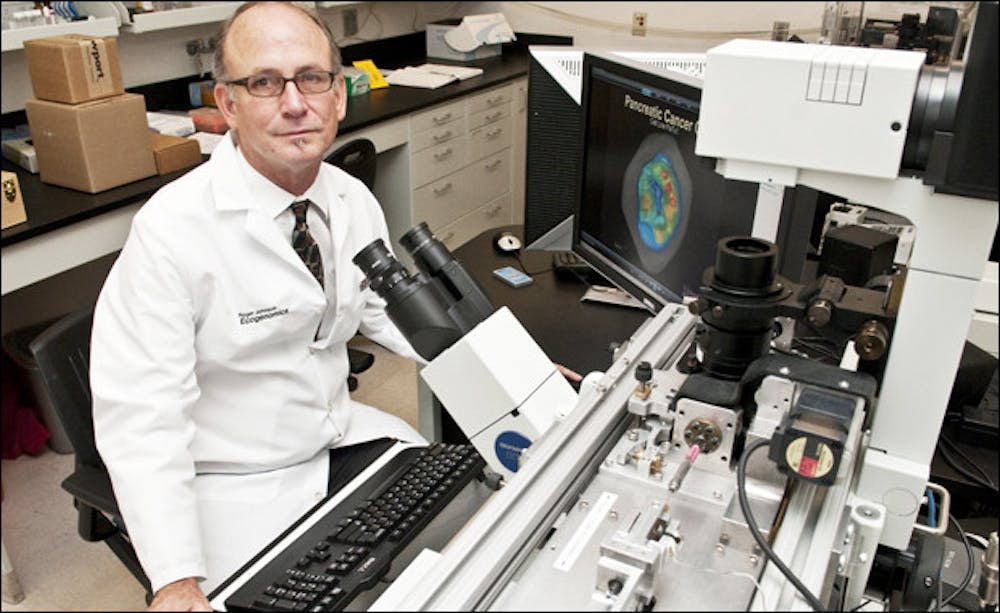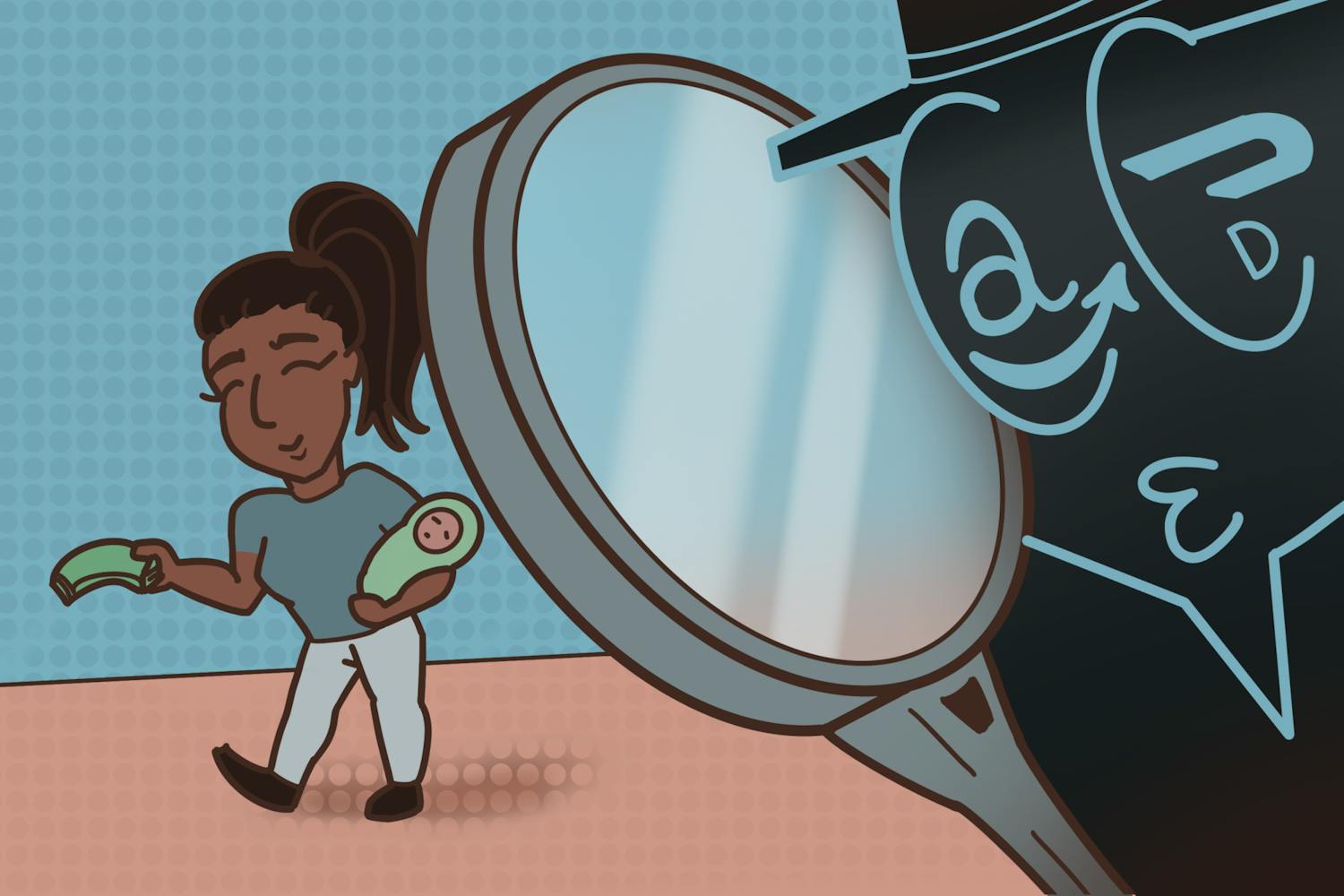Researchers at ASU plan to study cancer using a different perspective as they begin work in a new research center on the Tempe campus.
Rather than studying cancer’s biological characteristics, researchers in ASU’s Center for Convergence of Physical Science and Cancer Biology will look into the physical science aspects of the disease, said Paul Davies, the center’s principal investigator.
The center will be funded by a grant from the National Cancer Institute worth $1.7 million annually for five years, Davies said.
The center’s main focus is a cancer forum made up of three workshops — the first of which will be held in December, he said.
“The primary purpose of the cancer forum is to bring together scientists from all over the world,” he said. “Not people necessarily working on cancer but just clever physical scientists, mathematicians, people like that who are used to thinking about complex problems and getting them to work by trying out various ideas.”
Davies said he hopes big breakthroughs will be made through the cancer forum.
“I’m not interested in finding out what people know about cancer,” he said. “I’m interested in finding out what people don’t know. That’s the important part.”
One of the research projects will use cancer cell lines and an instrument and process called cell-CT, similar to CAT scans, to synthesize true 3-dimensional images of cancer cells, said research scientist Roger Johnson, who will lead the project with Deirdre Meldrum, dean of the Ira A. Fulton School of Engineering.
“We directly synthesize a true 3-D image instead of creating a pseudo-3-D image as in current microscopic techniques,” Johnson said.
“It gives us a clearer and more accurate view of the fine detail of cancer cell nuclei in all three dimensions.”
Johnson said he is excited to participate in the new approach to cancer research that will look at the cell as a physical system.
“I’m just thrilled to be able to work with Davies on applying our state-of-the-art techniques to develop further insights, which may finally lead to some dramatic progress in diagnosing, preventing and curing cancer,” he said.
Vivek Nandakumar, an electrical engineering graduate student working with Johnson on the 3-D cancer cell-imaging project, said he is excited to be involved in the research.
“Cancer, until recently, has been approached from the genetic-research perspective, so this is one of the early steps for deviating from that type of research and looking at cancer from a physics perspective,” he said.
ASU is one of 12 Physical Sciences-Oncology Centers receiving a total of $22.7 million in funding this year from the National Institutes of Health’s National Cancer Institute.
Larry Nagahara, program director for the Physical Sciences-Oncology Program of the National Cancer Institute, said the program was started because the National Cancer Institute believes cancer could be better understood if it were approached through different perspectives.
“One community that wasn’t really engaged in the cancer community were the physical scientists and the engineers,” he said, “so this call is basically trying to invite them to come and have their unique perspectives together with the cancer biologists and oncologists to see how they can answer some major questions in cancer.”
Nagahara said each of the centers offers unique skills but are pieces of a larger whole.
“They work together as a network to test ideals and see which ones are indeed correct and which ones need a little rethinking,” he said.
Davies said the creation of Physical Sciences-Oncology Program is an extraordinary and courageous step by the National Cancer Institute.
“It’s just what we need to see dramatic progress in a subject that has really resisted any major breakthrough in the decades it’s been researched,” Davies said.
The center’s research is important because cancer is a disease that affects everyone, he said.
“I think every family has somebody with cancer or who has died of cancer, so in terms of the human dimension, it does touch everybody,” he said. “At the end of the day … I would like to feel that we’re going to contribute in some way to improving the quality of life of cancer sufferers and removing it as one of the major killer diseases that’s out there.”
Reach the reporter at salvador.rodriguez@asu.edu.




